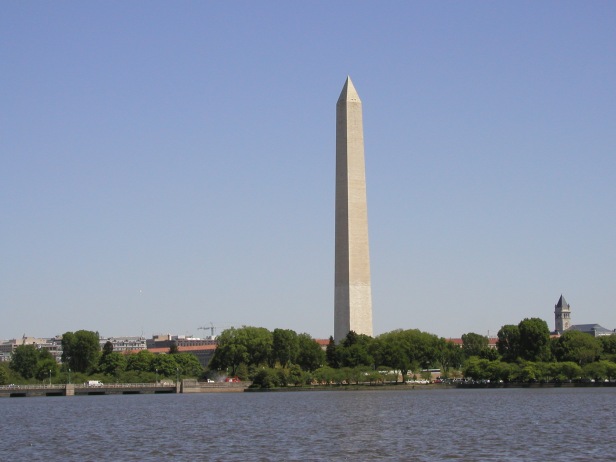With dozens of books written each year on Washington, why add a short biography to your reading list? Jonathan Horn’s recent book, Washington’s End, The Final Years and Forgotten Struggle offers a unique perspective on Washington by entirely focusing on the three years of his relatively unknown or oft-overlooked retirement. Horn fills this gap by delving into the activities, emotions, and motivations of Washington’s last years.
After a lifetime of public service, Washington returned to Mt. Vernon, having earned the wide-ranging support of countless influential and prominent politicians. What is less known is that Washington’s presidential administration created a host of detractors, even among those previously close to the Revolutionary leader. Leaving the presidency, Washington hoped for a restful and quiet retirement. Horn presents a compelling account of why Washington’s intended “salad days” of retirement were less than blissful.

As it turned out, Washington remained active in the political milieu until his death. First, despite protestations to the contrary, he had a hard time completely disengaging from public life. For example, he regularly asked for inside information from government officials during the John Adams administration. Later, an anguished Adams called back Washington to serve as commander-in-chief of the army to protect against a potential French invasion. Lastly, a swarm of visitors and letter writers embroiled Washington in emerging political disputes.
Even after Washington’s death, Thomas Jefferson, a powerful political nemesis, sought to leverage Washington’s name and political support. In the 1800 election, a deadlocked Electoral College sent the candidacy of Jefferson and Aaron Burr to the US House of Representatives. In an attempt to sway opposing Federalist legislators, Jefferson traveled to Mt. Vernon to meet with Martha Washington. Despite Martha and most members of Congress viewing the visit with a healthy dose of hypocrisy, Jefferson prevailed to succeed Adams.
Another unique aspect of Horn’s book is a portrayal of Washington’s intellect and decision making through the negative assessment of two contemporaries. Thomas Jefferson characterized George Washington’s mind as “slow in operation.” Timothy Pickering complained that the Revolutionary War general processed information at an “extremely slow” speed. Both thought protective supporters covered up Washington’s intellectual limitations, hiding them from an adoring public. While Horn posits a unique perspective on Washington’s abilities, his assessment could have been more developed and better supported. Both Jefferson and Pickering had “axes to grind.” Additional insights from a broader range of observers are required to clearly demonstrate that Washington had problems processing complex information.
Wading through a plethora of potential alternative books, I heartily recommend reading this engaging and thoughtful account of Washington’s last years. Readers will benefit from the “humanizing” portrayal of a founder and an understanding that not all contemporaries revered our national icon. As with everyone who transitions from leadership, Washington experienced feelings of regret, pride in his accomplishments, and a desire to see their creations prosper. This book will be especially insightful for those contemplating their legacies and what it means to disengage for a healthy retirement.


Article illuminates the fact that heroes are human.
LikeLike
Thanks Gene. It sounds like a good story, but you gave away the ending.
LikeLiked by 1 person
Next time should add a spoiler alert tag.!
LikeLike